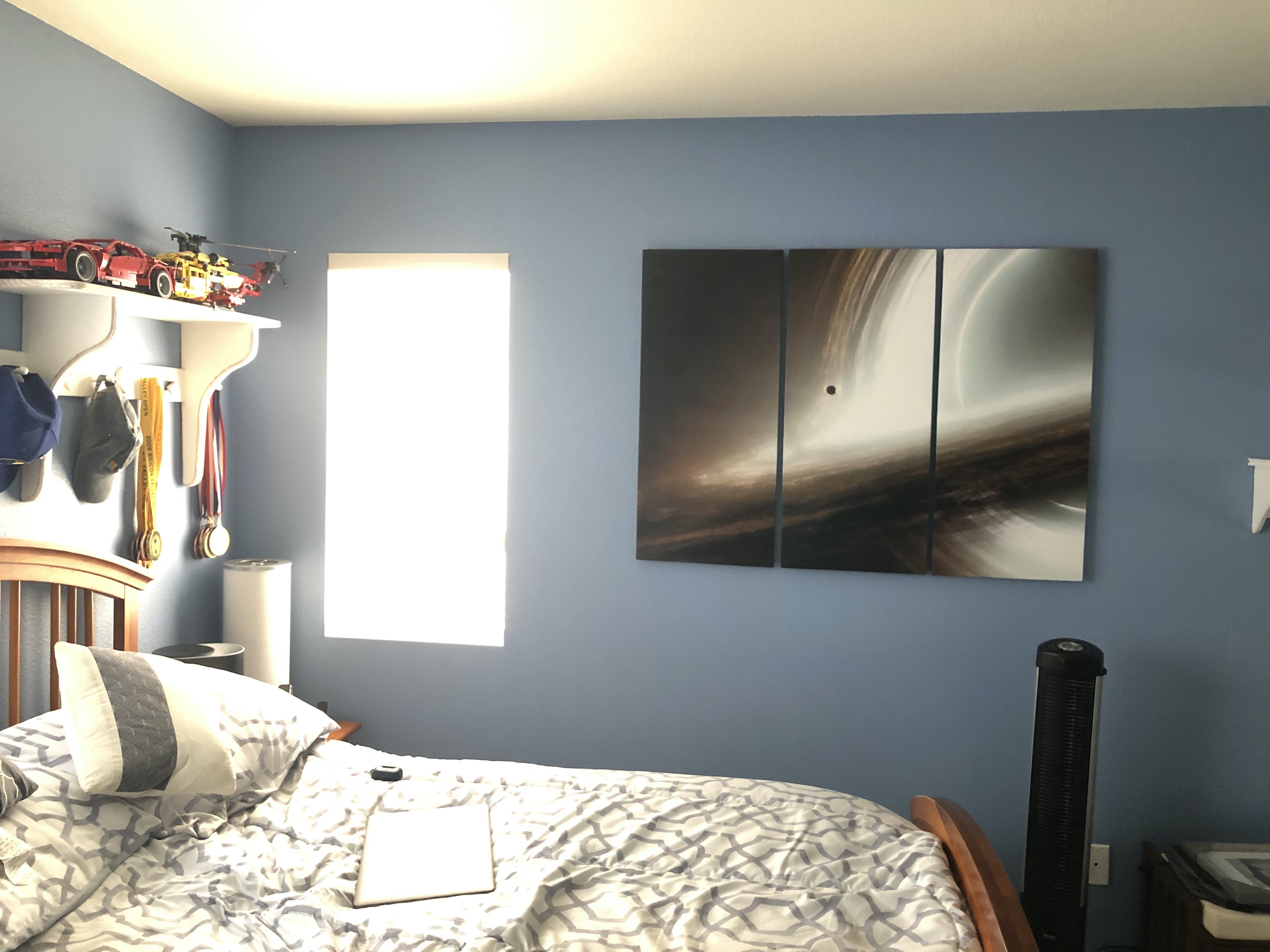
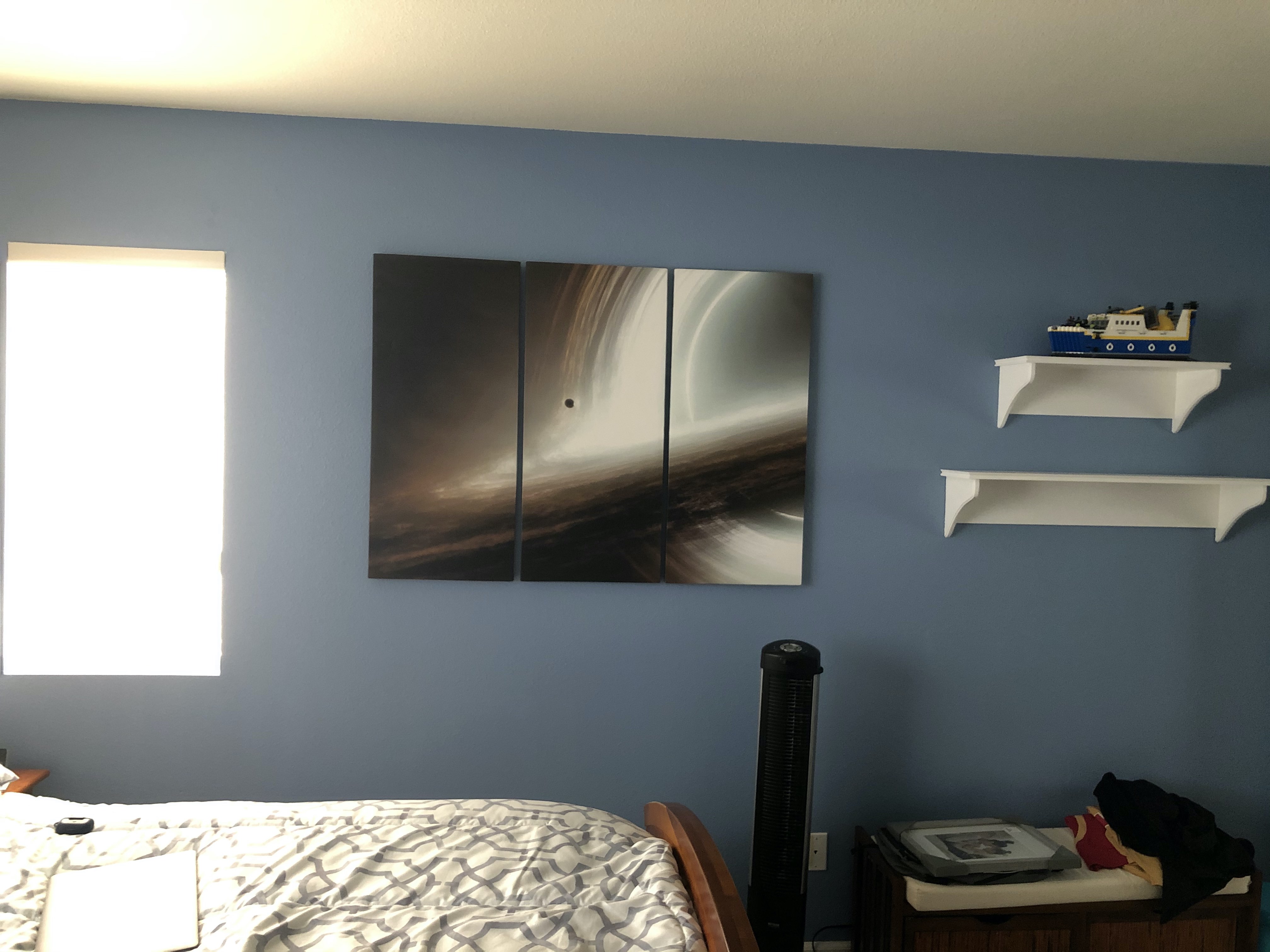
The fifth project involved warping, stitching, and blending a series of images from the same view point to create a panorama photo.
For the first part, I went out and took some photos around my house. In order to take a good set of photos that would create seemless mosaics, I picked a single spot to stand. I captured the desired scenery by taking 2 photos with around 70% overlap between each photo. I used AE/AF lock and only rotated my camera from a stationary position. Here are the photos I took:


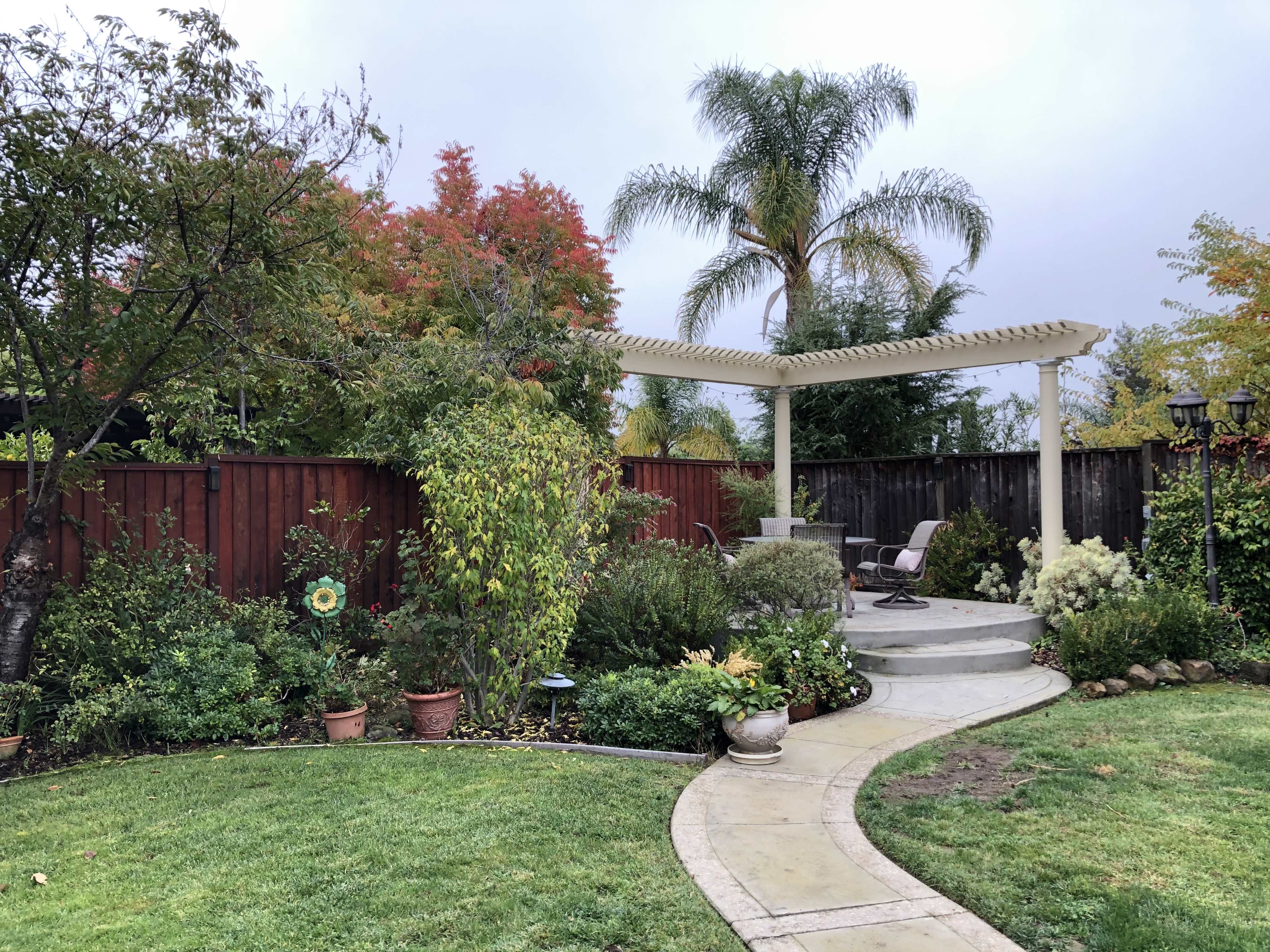
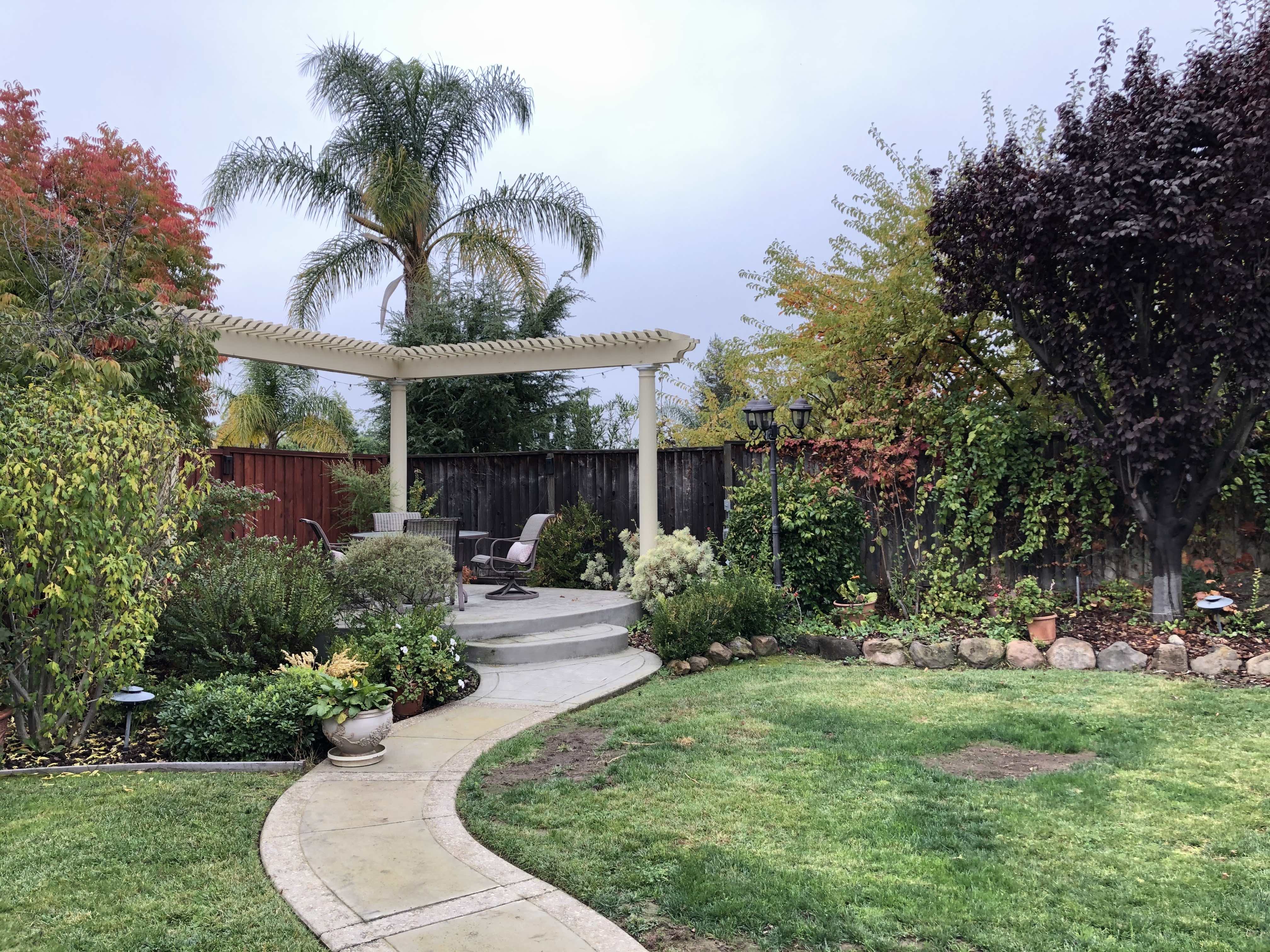
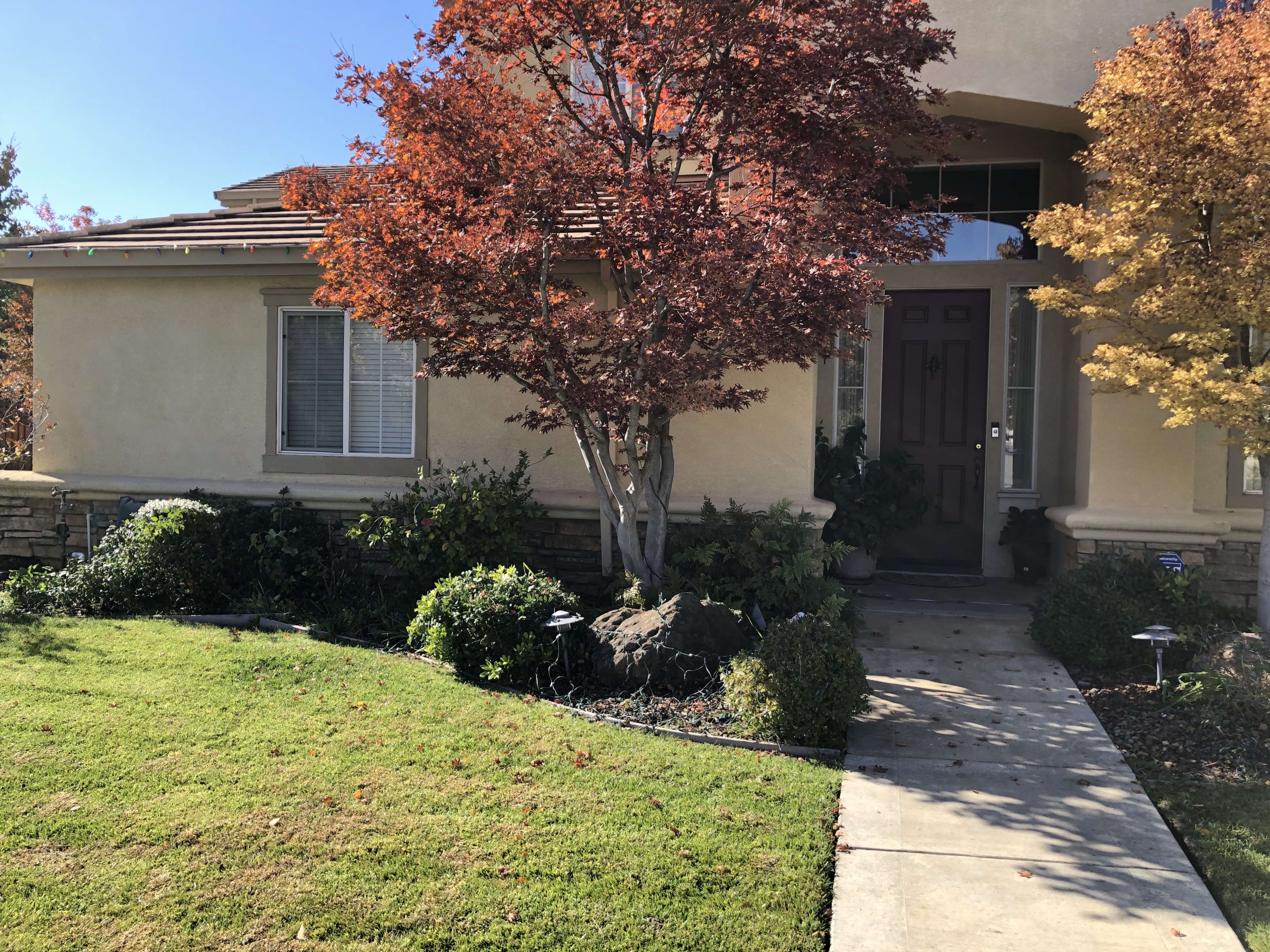
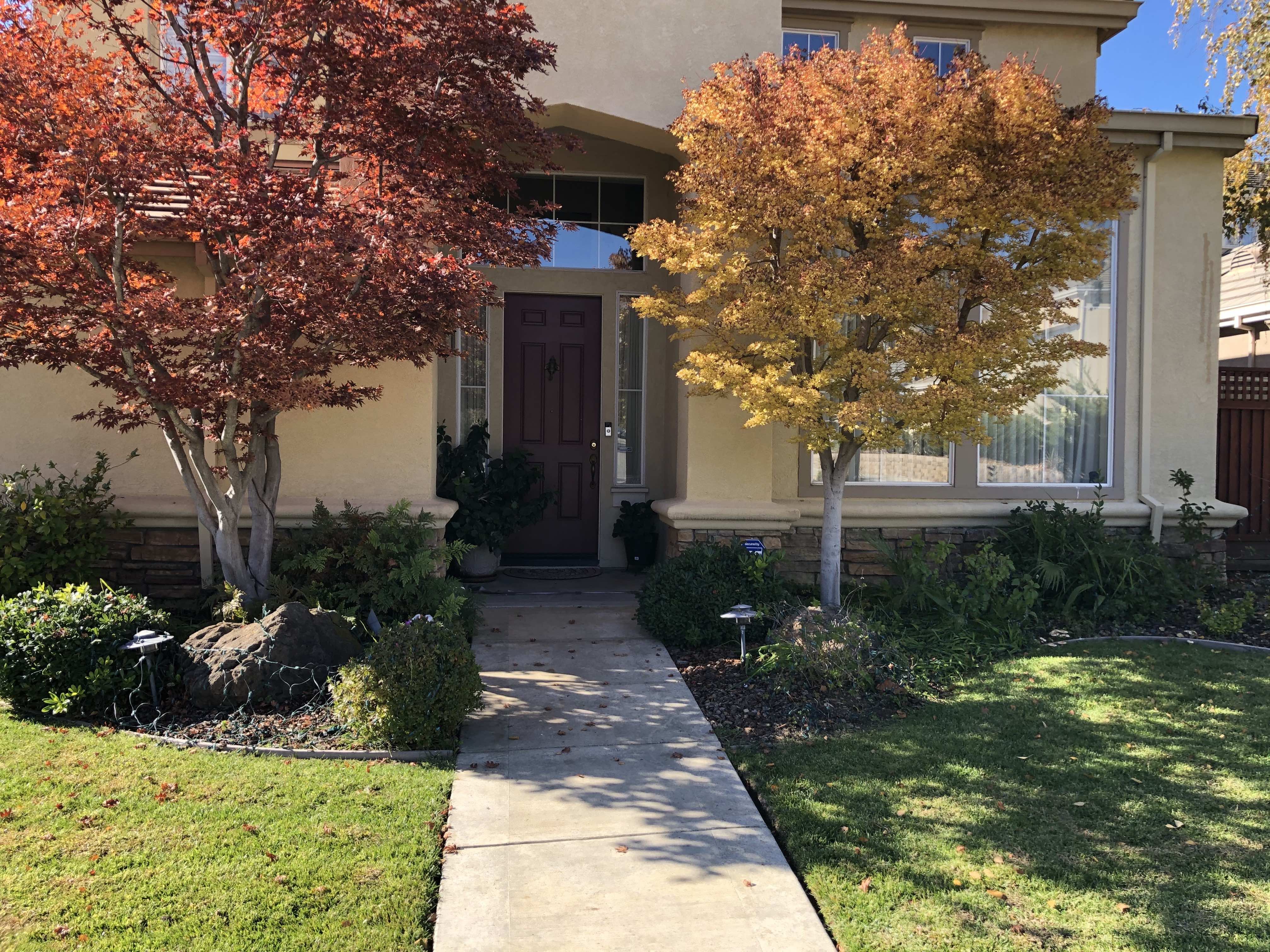
In order to recover the homography, I defined a set of correspondences between the images using a simple ginput tool. I reshaped the correspondences to match a least squares problem of the form A * h = b. Here is the exact form of the problem:

I then reshaped the h vector to be 3x3 and then calculated a simple translation matrix to add to h which would allow for the warped image to span the entire output image since certain mapped coordinates would be negative.
Using the newly calculated homography matrix, I first calculate a bound box which will completely define the output warped image. Using this, I extract a list of coordinates that encompass the polygon bounded by these 4 coordinates. I then use inverse warping and interpolation to determine the values of these coordinates of the warped polygon.
Here are a few sample images of the warping procedure converting nonplanar view to planar view of an object identified in the photo:
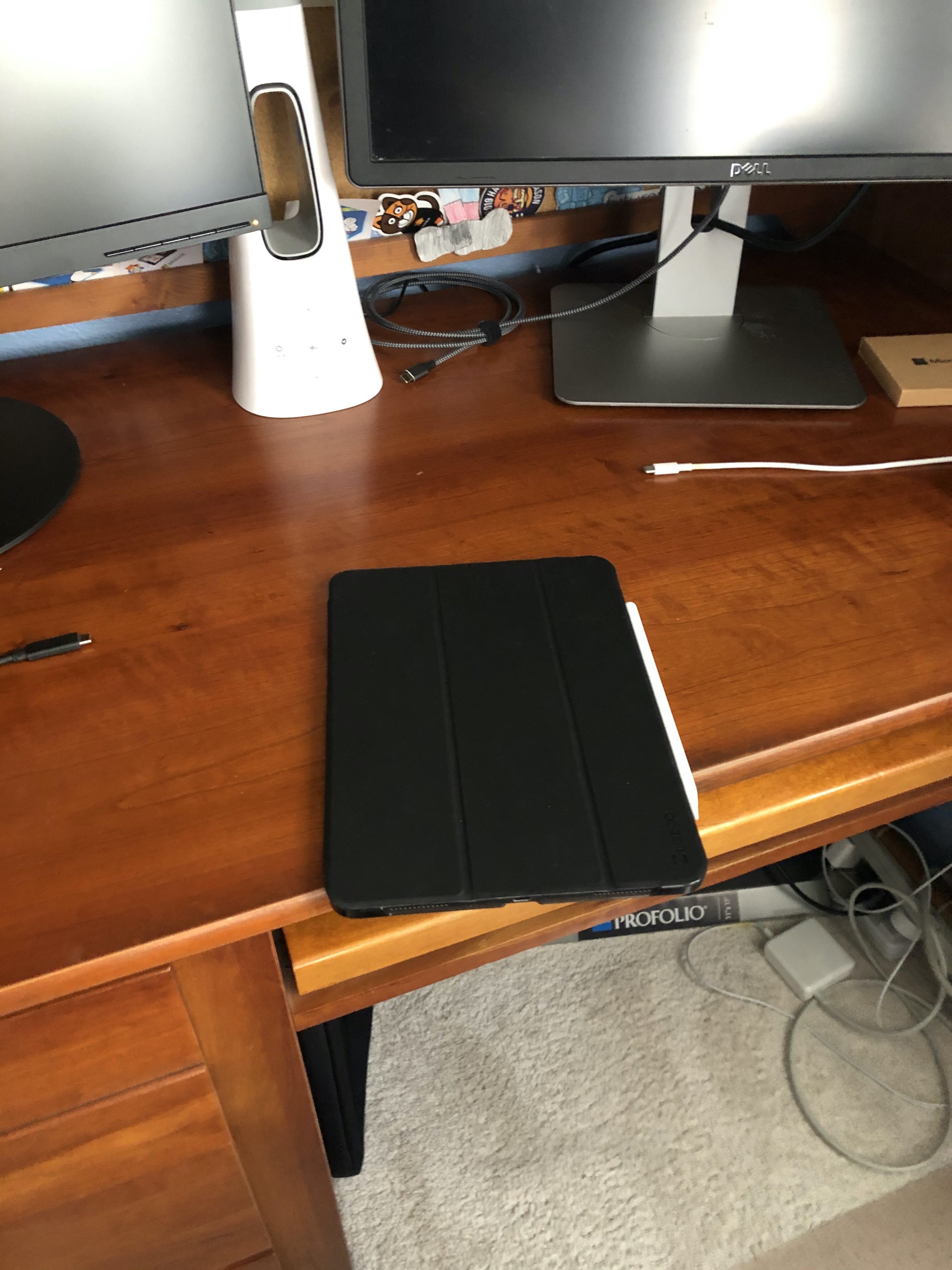


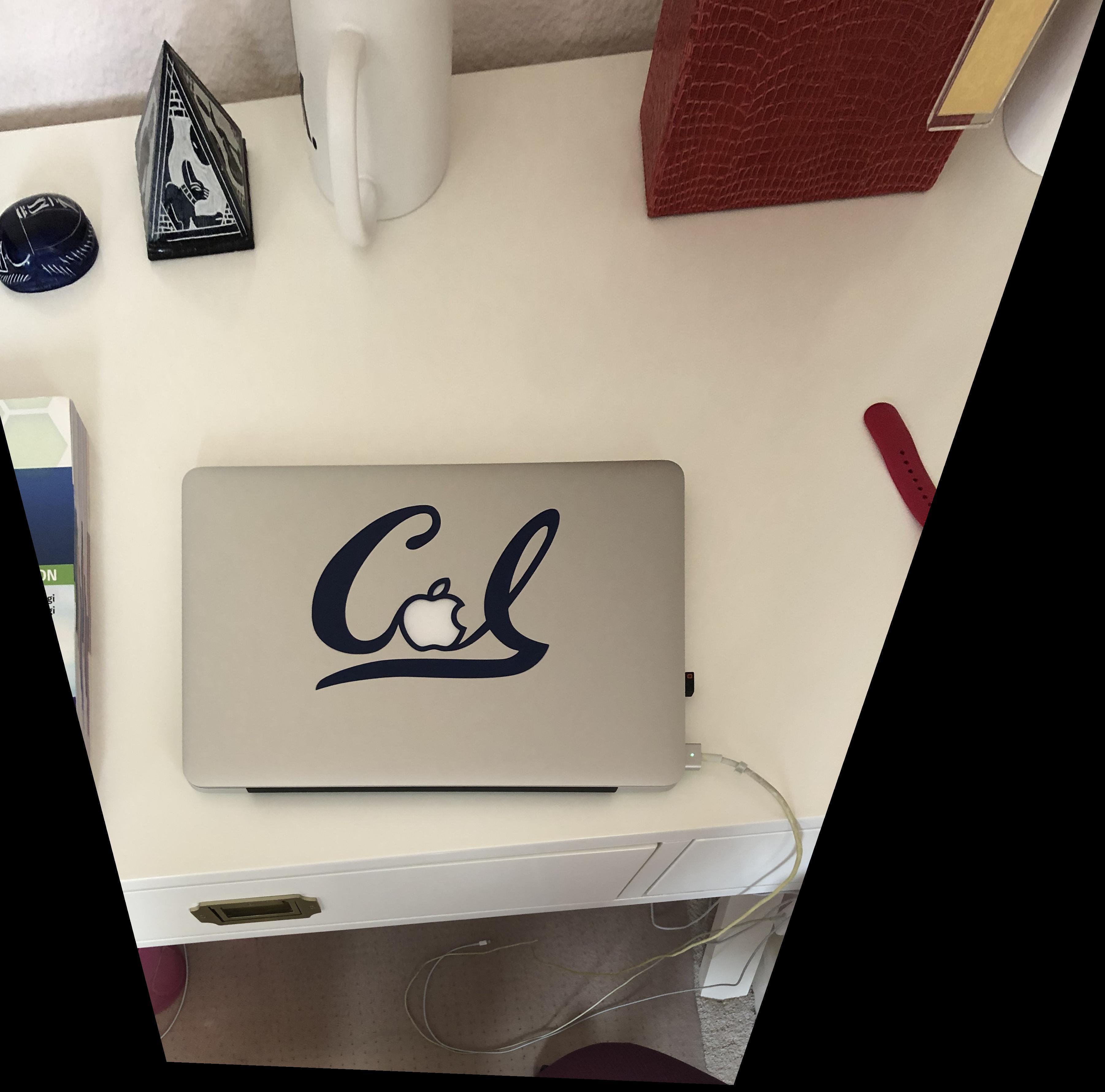
Now that I can succesfully warp images, I used the previous photos I shot and developed mosaics. I annotated 10-12 correspondence points between the images and then calculated the homography matrix. Then, I used the warping subroutine to warp the left image to the right image. I translated the unwarped right image to overlap the warped image at the defined correspondence points. In order to blend the images, I used pixel weighted average. I essentially defined a fractional area of the unwarped image which determined the distance from the seam edge to blend. Then I generated a linear step up matrix that determined the weights. I then overlapped the images by multiplying by this weight matrix. This worked pretty well. In certain areas, it left a slight ghost effect but it's very hard to notice.


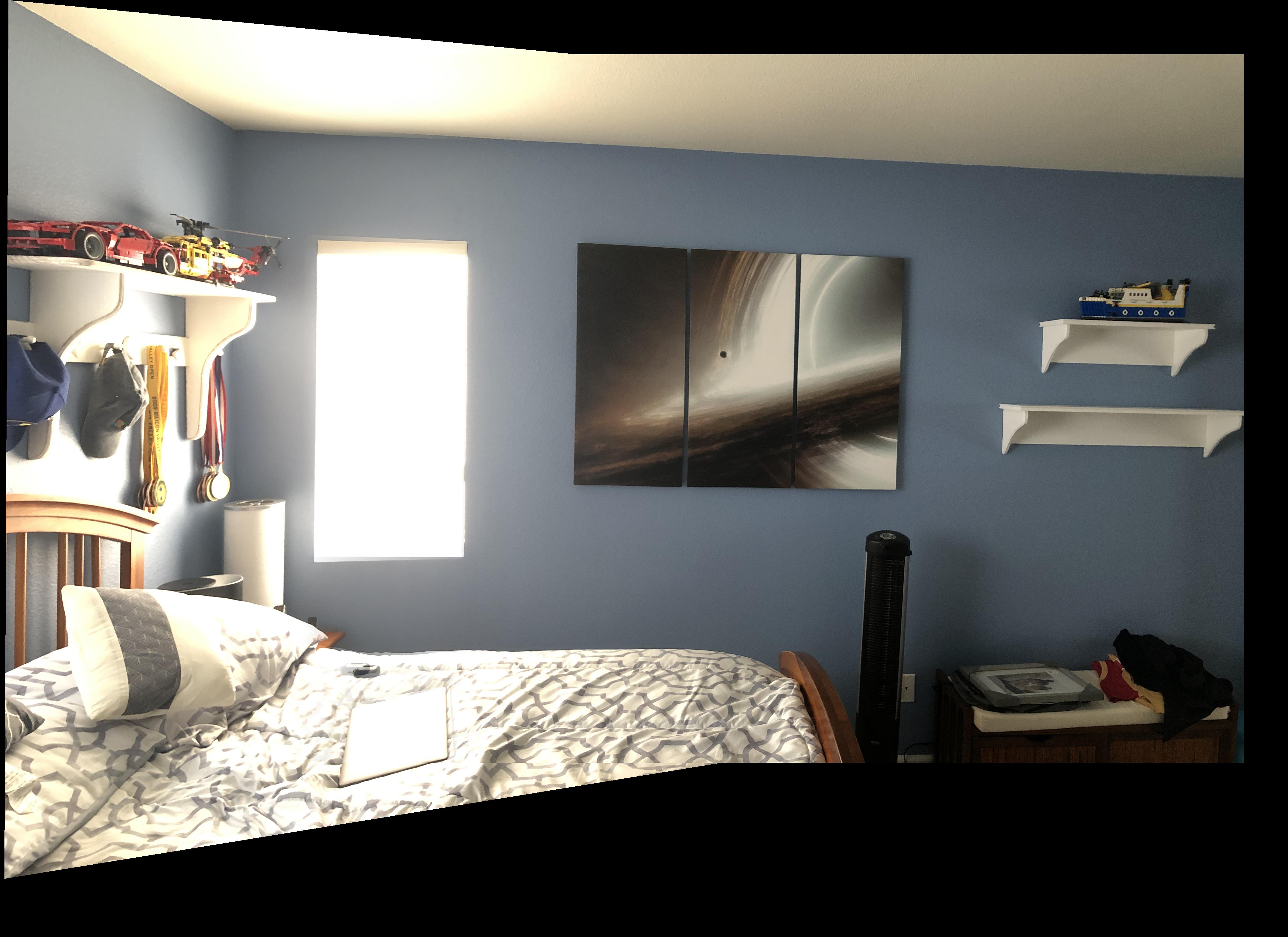
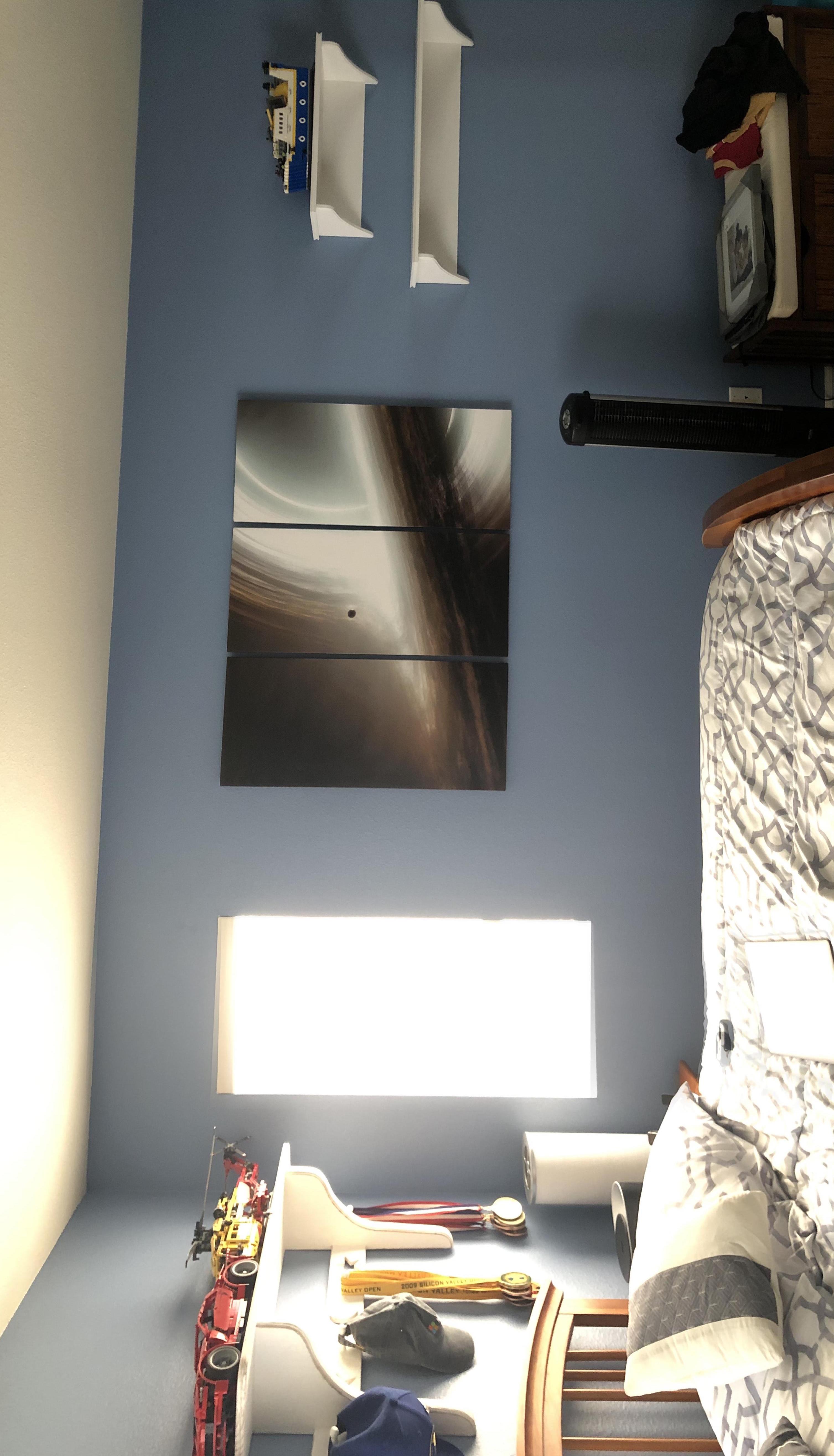


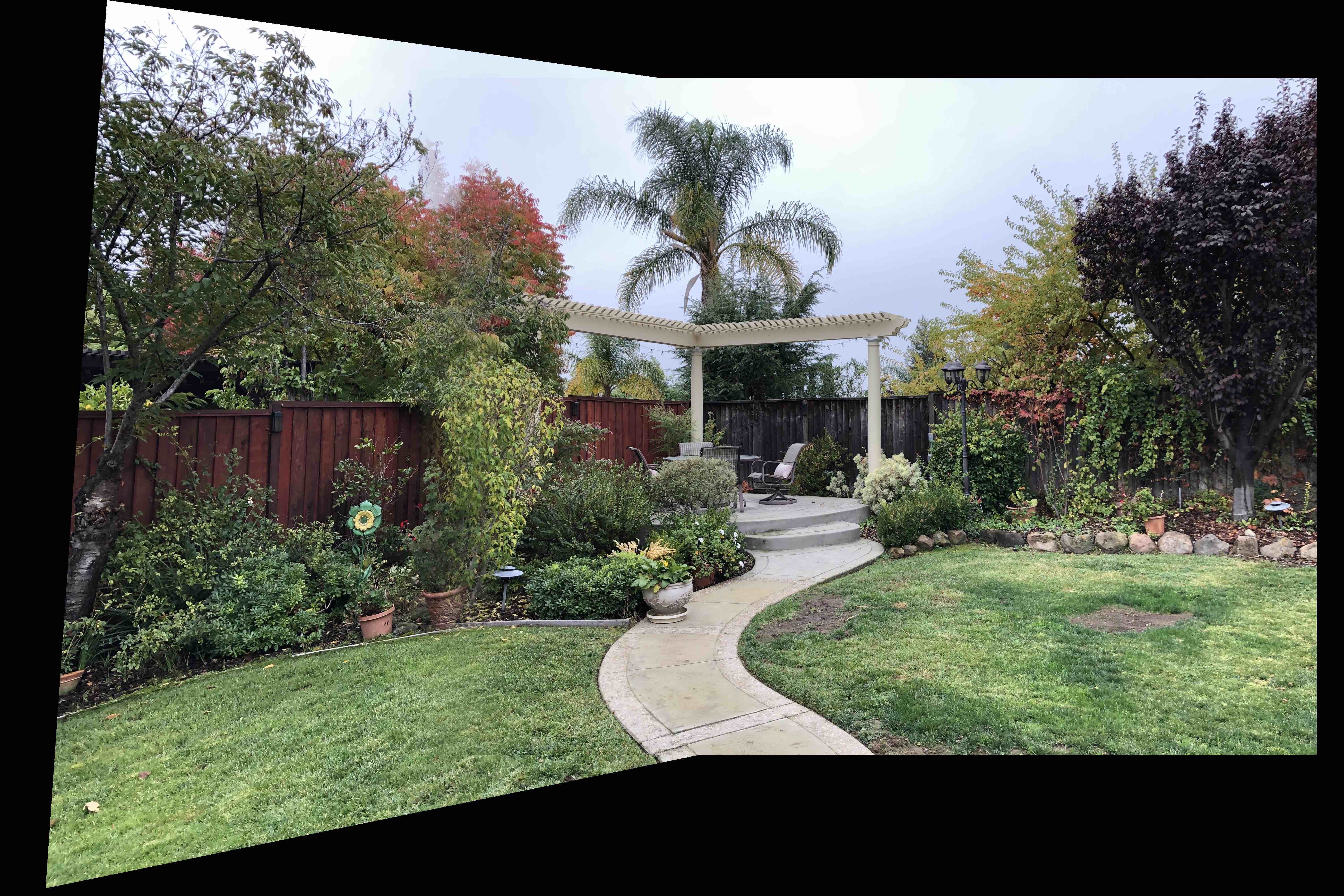
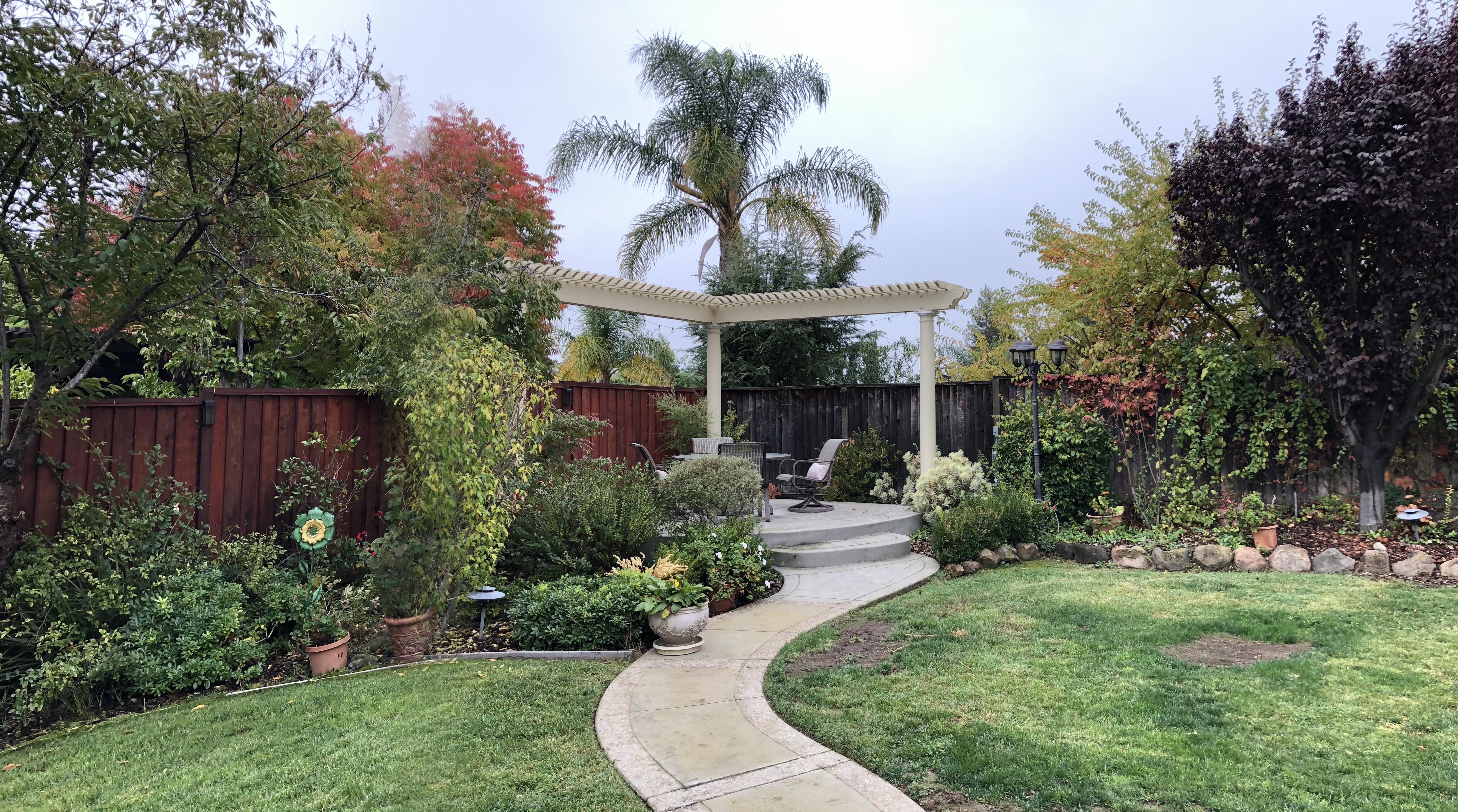


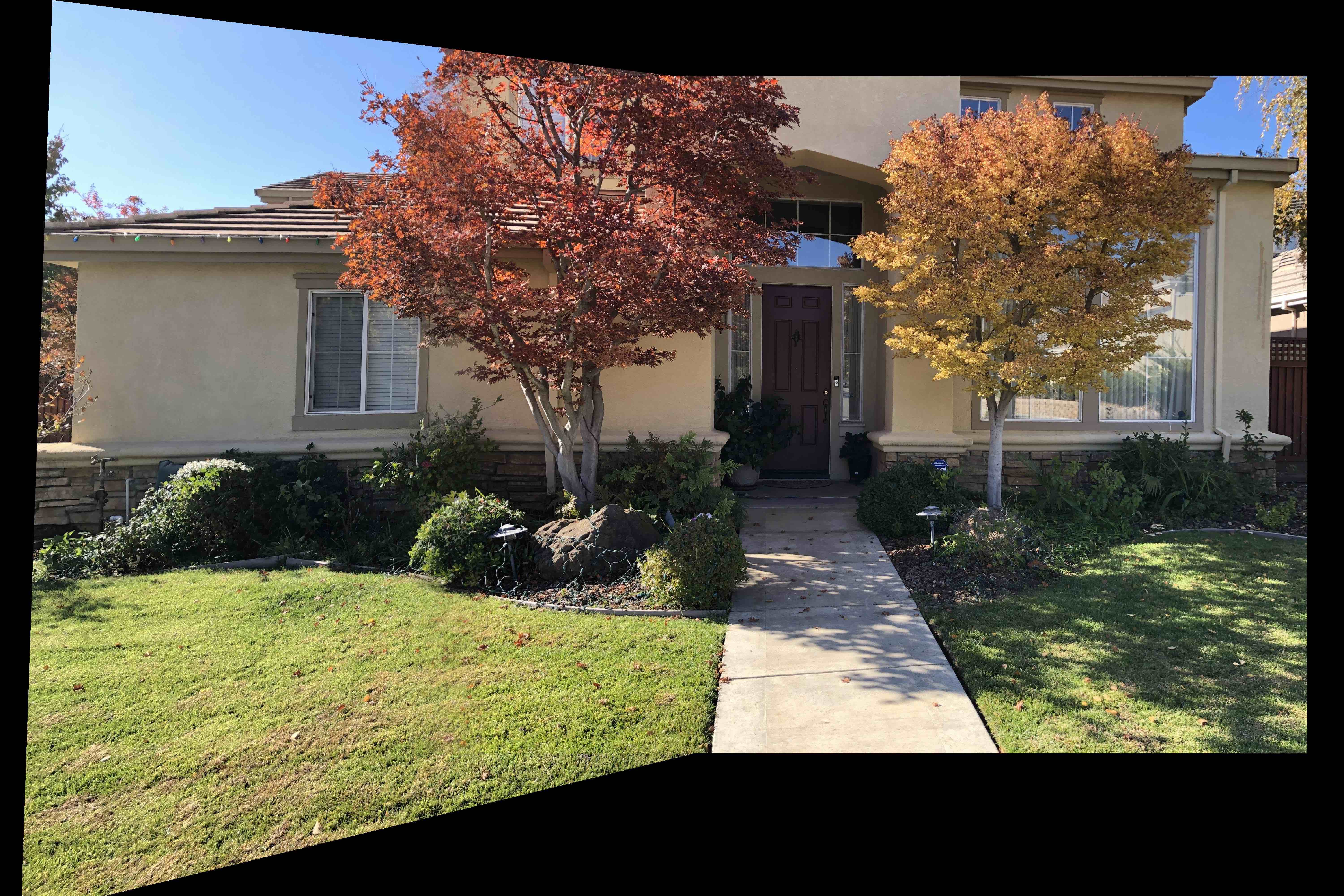
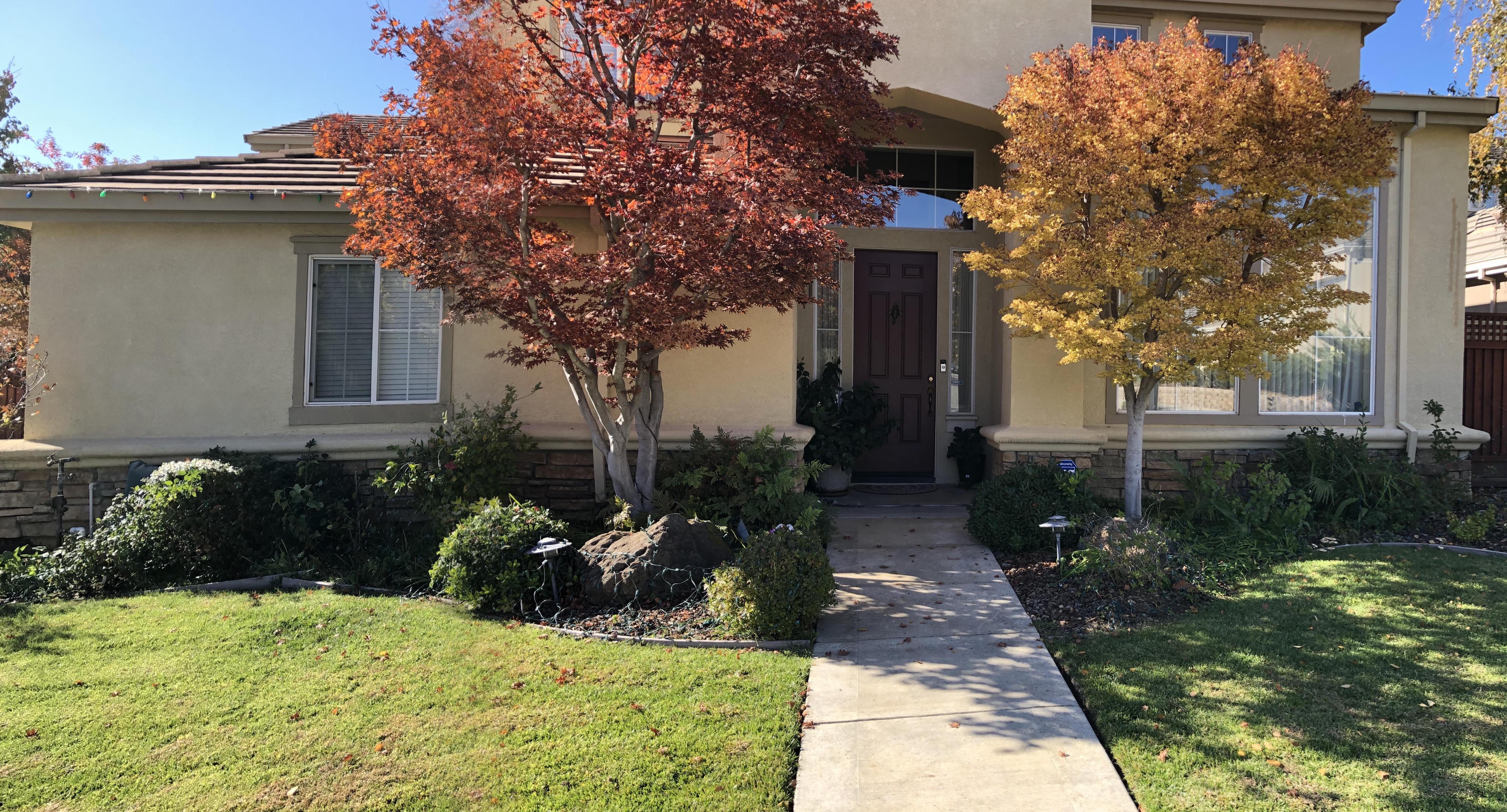
Overall, this project was very interesting because I learned how a device like a smartphone is able to generate panoramic photos (although right now I manually annotate). I learned how to generate homography matrices and how to overlap and blend images smoothly. The coolest thing was warping the images and seeing it almost magically line up with the unwarped image.